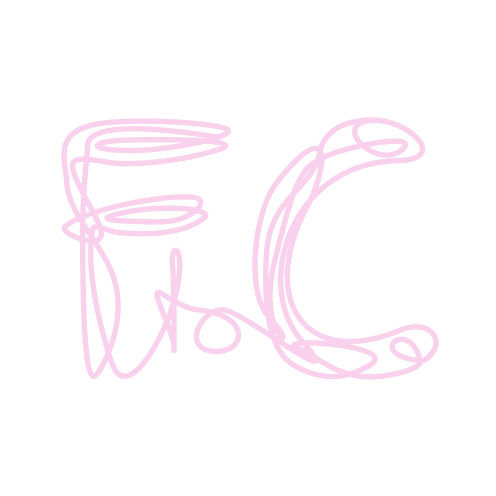Effective Date: 10 May 2023
This Privacy Policy governs the manner in which Farm to Crafts ("we," "us," or "our") collects, uses, maintains, and discloses information collected from users ("users" or "you") of the www.farmtocrafts.com website ("Website").
Information We Collect:
We do not collect any personal information from users visiting our Website. As an informational website, we do not have forms, account registration, or any interactive features that require users to provide personal information.
Non-Personal Information:
We may collect non-personal information about users whenever they interact with our Website. This non-personal information may include the browser name, type of device used to access the Website, operating system, Internet service provider, and other similar information.
Web Browser Cookies:
Our Website may use "cookies" to enhance the user experience. Users' web browser places cookies on their hard drive for record-keeping purposes and sometimes to track information about them. Users may choose to set their web browser to refuse cookies or to alert them when cookies are being sent. If cookies are disabled, some parts of the Website may not function properly.
How We Use Collected Information:
As we do not collect personal information, we only use non-personal information to enhance and improve our Website's functionality, user experience, and overall performance. This information helps us understand how users interact with our Website, which pages are visited most frequently, and how users navigate through the content.
How We Protect Your Information:
We adopt appropriate data collection, storage, and processing practices and security measures to protect against unauthorized access, alteration, disclosure, or destruction of non-personal information collected through our Website.
Sharing Your Information:
We do not sell, trade, or rent non-personal information to others. We may share generic aggregated demographic information not linked to any personal identification information regarding visitors and users with our business partners, trusted affiliates, and advertisers for the purposes outlined above.
Third-Party Websites:
Users may find advertising or other content on our Website that links to the sites and services of our partners, suppliers, advertisers, sponsors, licensors, and other third parties. We do not control the content or links that appear on these sites and are not responsible for the practices employed by websites linked to or from our Website. Browsing and interaction on any other website, including websites that have a link to our Website, are subject to that website's own terms and policies.
Changes to This Privacy Policy:
We reserve the right to update this Privacy Policy at any time. When we do, we will revise the updated date at the beginning of this page. We encourage users to frequently check this page for any changes to stay informed about how we are protecting the non-personal information we collect. You acknowledge and agree that it is your responsibility to review this Privacy Policy periodically and become aware of modifications.
Your Acceptance of These Terms:
By using this Website, you signify your acceptance of this Privacy Policy. If you do not agree to this Privacy Policy, please do not use our Website. Your continued use of the Website following the posting of changes to this Privacy Policy will be deemed your acceptance of those changes.
Contacting Us:
If you have any questions about this Privacy Policy or the practices of this Website, please contact us at hello@farmtocrafts.com.
Essential for user experience

